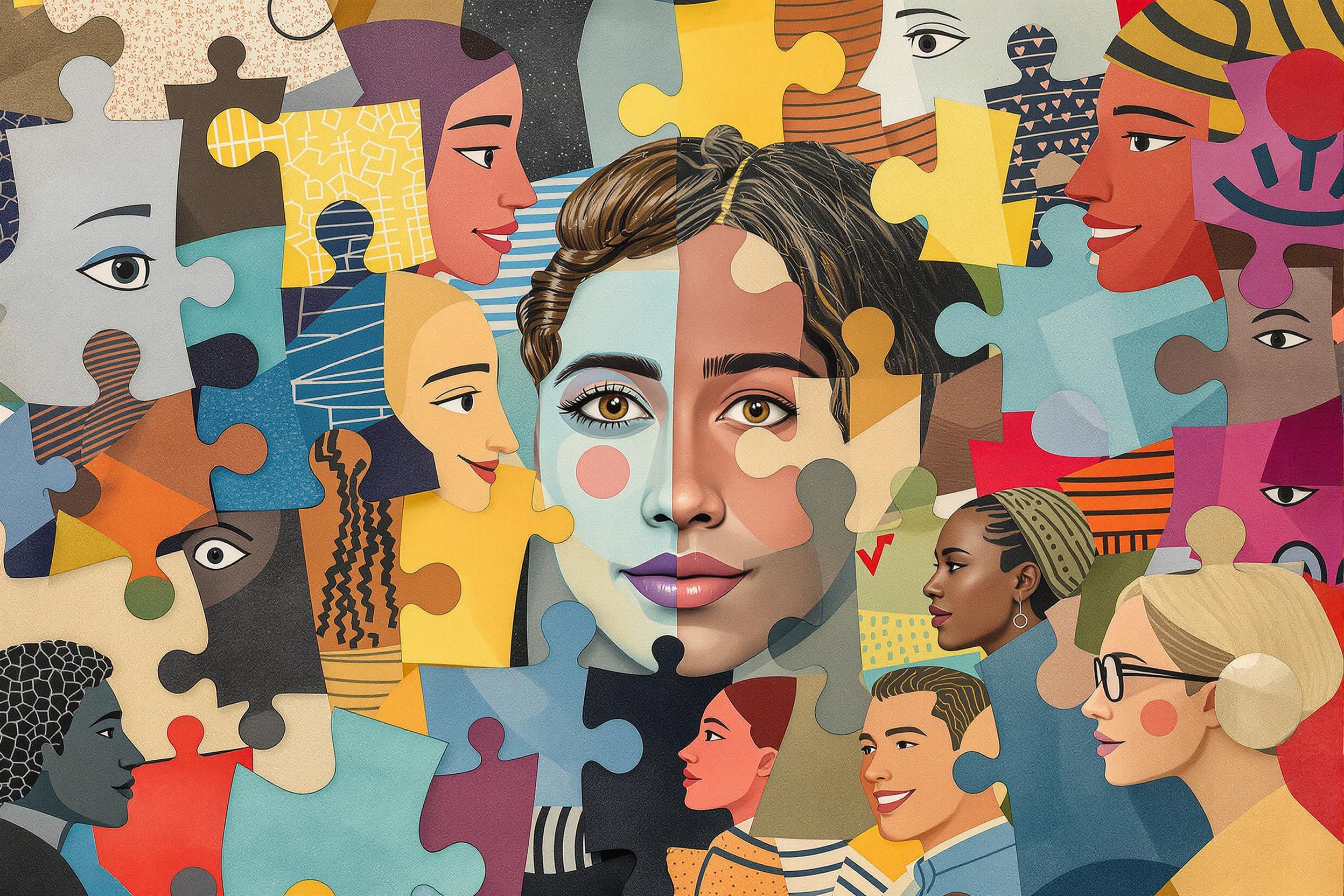
Color Temperature
Color Temperature is a way to describe how "warm" or "cool" light appears in photos. It's measured in Kelvin (K), but photographers don't need to focus on the numbers - they just need to know that lower numbers create warmer, more orange-like light (like sunset), while higher numbers create cooler, more blue-like light (like cloudy days). Understanding color temperature helps photographers create the right mood in their pictures and fix lighting issues during photo editing. This is especially important for product photography, wedding shoots, and any professional photography where consistent, accurate colors are needed.
Examples in Resumes
Mastered Color Temperature control for consistent product photography across multiple retail clients
Expertly balanced Warm Color Temperature and Cool Color Temperature in indoor-outdoor wedding photography
Trained junior photographers in Color Temperature adjustment techniques for corporate headshots
Typical job title: "Photographers"
Also try searching for:
Where to Find Photographers
Online Communities
Job Boards
Professional Networks
Example Interview Questions
Senior Level Questions
Q: How do you handle mixed lighting situations with different color temperatures?
Expected Answer: A senior photographer should explain how they balance different light sources (like sunlight and indoor lighting) using techniques like gels, flash modification, or post-processing, with examples from their professional experience.
Q: How do you maintain consistent color temperature across a large product photography campaign?
Expected Answer: Should discuss their workflow for maintaining color consistency, including lighting setup documentation, custom white balance settings, and quality control processes across multiple shooting sessions.
Mid Level Questions
Q: What's your approach to setting color temperature for indoor vs outdoor shoots?
Expected Answer: Should be able to explain how they adjust camera settings and lighting equipment for different environments, showing understanding of natural vs artificial light characteristics.
Q: How do you correct color temperature issues in post-processing?
Expected Answer: Should describe their process for fixing color temperature problems using editing software, while maintaining natural-looking results.
Junior Level Questions
Q: What's the difference between warm and cool color temperatures?
Expected Answer: Should be able to explain that warm colors are more orange/yellow (like sunset) and cool colors are more blue (like shade), and how this affects photo mood.
Q: How do you set proper white balance in your camera?
Expected Answer: Should demonstrate basic knowledge of using camera white balance presets and custom white balance settings using a gray card.
Experience Level Indicators
Junior (0-2 years)
- Basic understanding of white balance settings
- Using camera presets for different lighting
- Simple color correction in editing software
- Working with natural light
Mid (2-5 years)
- Managing mixed lighting situations
- Advanced color correction techniques
- Studio lighting setup and control
- Consistent color across photo series
Senior (5+ years)
- Complex lighting scenario management
- Color workflow development
- Training and supervising other photographers
- High-end commercial work color management
Red Flags to Watch For
- Unable to explain basic differences between warm and cool light
- No knowledge of white balance settings
- Lack of experience with different lighting conditions
- No understanding of color correction in post-processing
Related Terms
Need more hiring wisdom? Check these out...

Culture Add vs Culture Fit in Hiring: Why It May Be Time to Rethink Your Approach

Rewiring Your Interview Templates for Better Candidate Experience

Unlocking Team Potential: Personality Mapping for Dynamic Management

